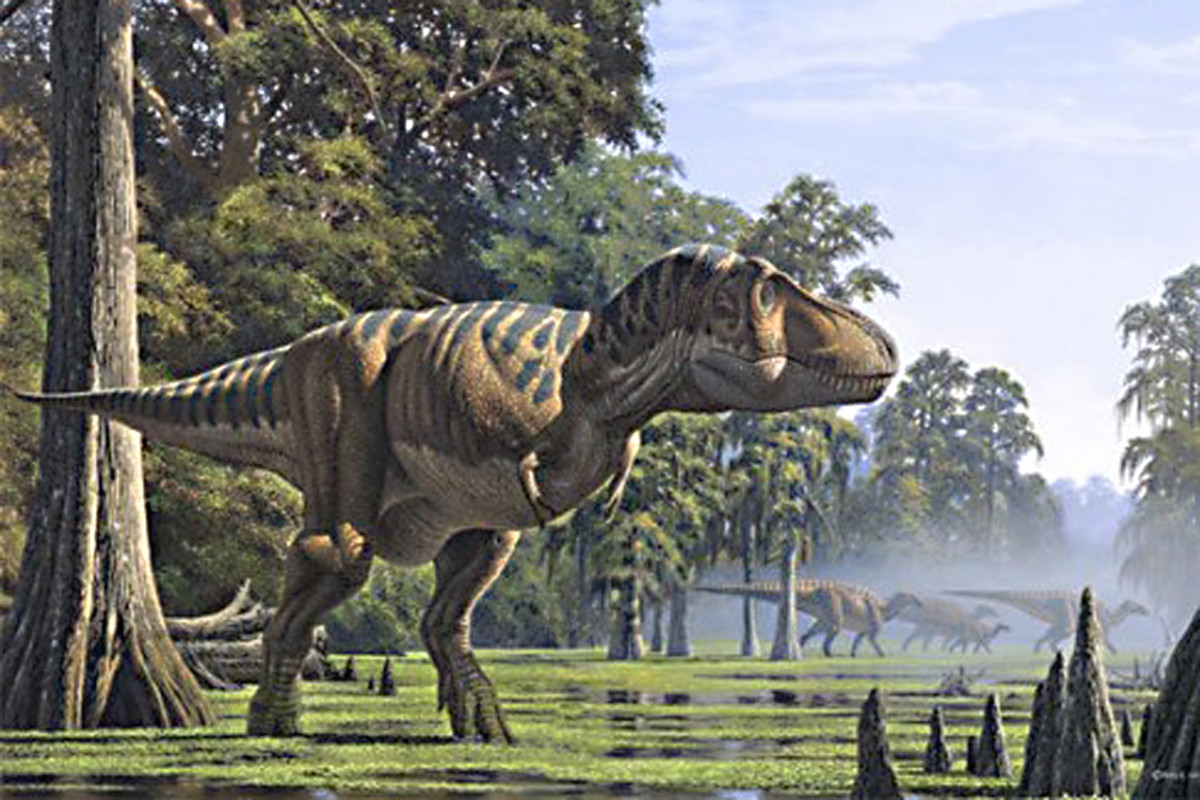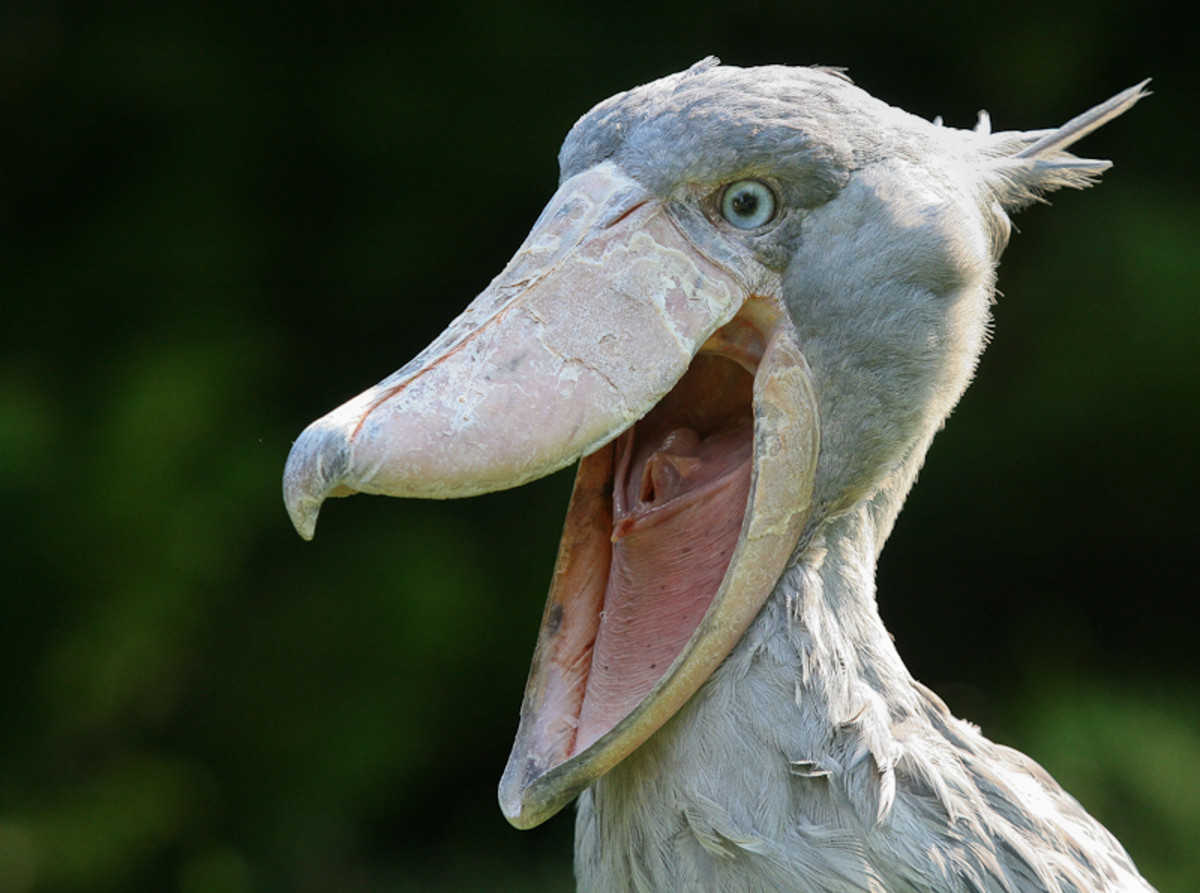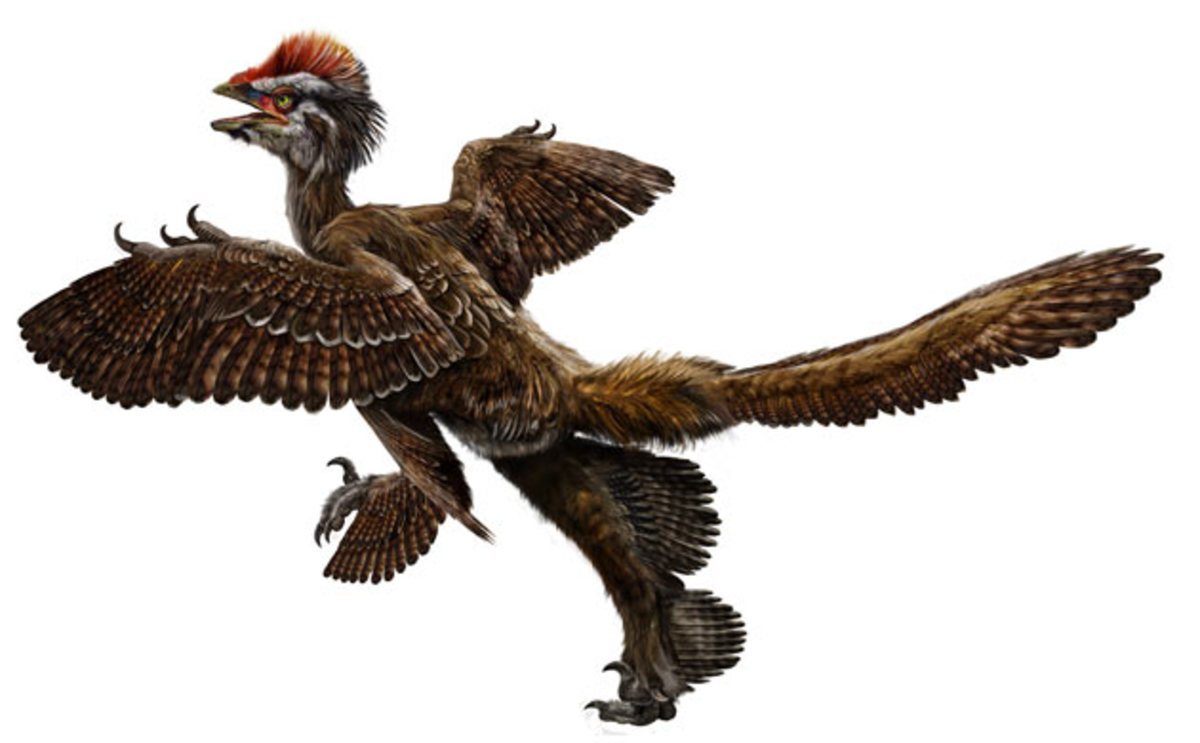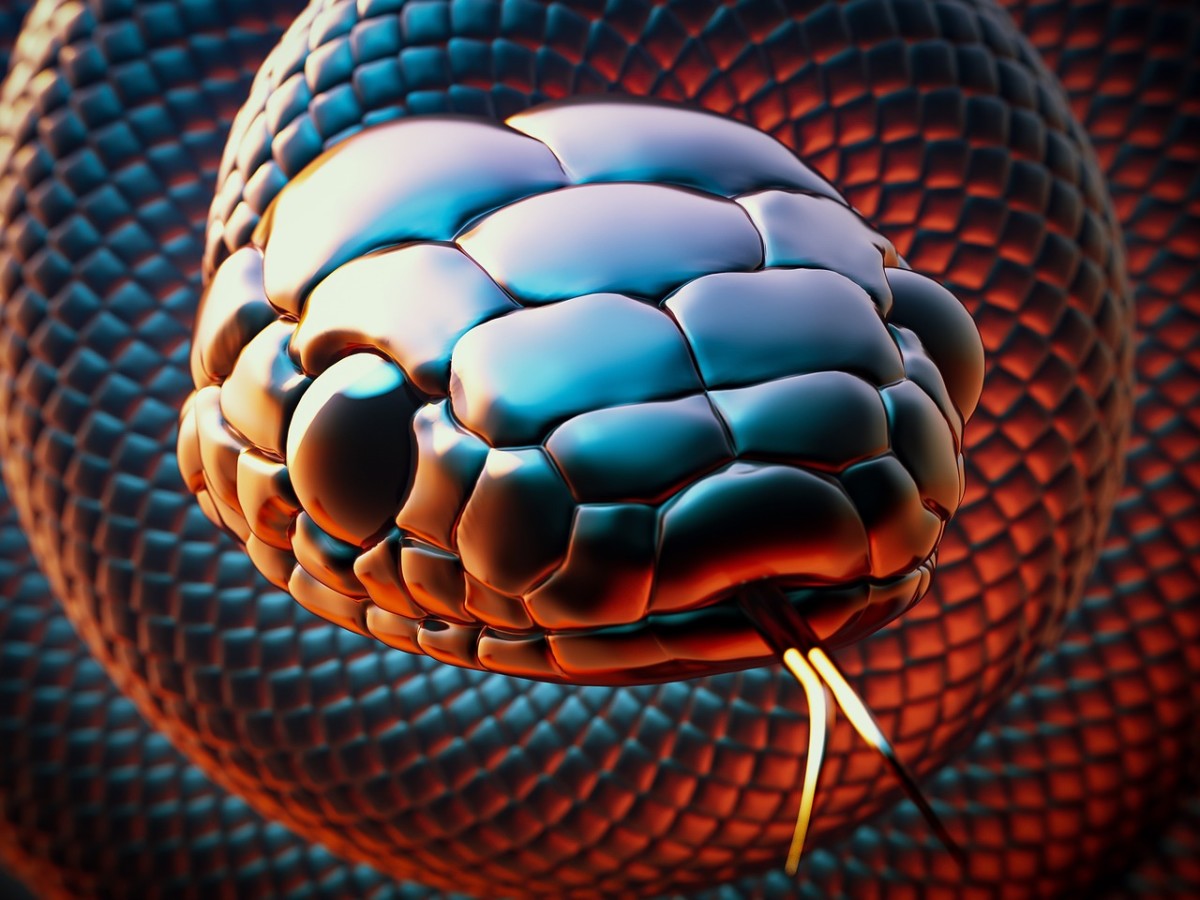Dragons: Just a Myth or Real Creatures?
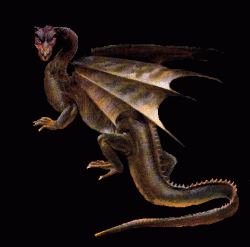
COULD DRAGONS BE REAL?
Probably one of the most popular and well-known mystical creatures is the dragon. It appears to be a magnificent animal that could only exist in myths and cinema, but what if they were real? I became intrigued with the possibilities of dragons actually existing as I realized there are so many cultures that believe and have accounts of dragons. They are also known throughout time; that does not seem like just a tall tale that has been circulated, for me it makes the stories become a reality.
What You Imagine or Believe
What do you think a dragon is?
WHAT IS A DRAGON?
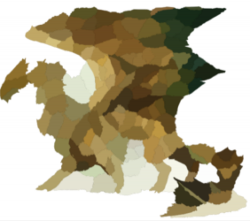
A New Perspective
Generally when we think of dragons we imagine a large reptile, with wings, that breathes fire. When you look up the definition of the word dragon you will get a similar description; some of which also include a serpent with enormous claws and teeth. However, after doing some research, I've found that a dragon can simply be a large monster or creature that might live under water, or have many heads, or walk on all fours, etc. If we look at the definition of a dragon from this perspective, then it is very easy to believe that dragons did and do exist.
DRAGONS NEAR AND FAR
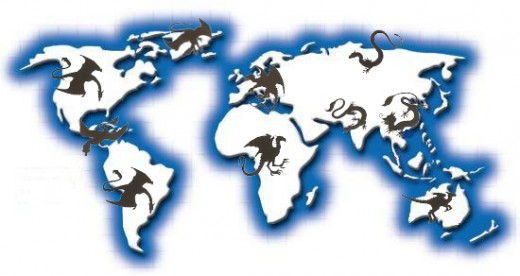
Practically every culture has some variation of a story or belief in a dragon, even those that don't have many native reptiles, such as Ireland. Here are just a few of the different dragons that people believe in throughout the world.
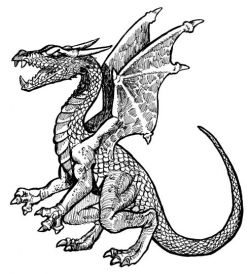
The Americas
Dragons of the Americas usually tend to fit a similar description as the more commonly known dragons of Europe.
Palulukon, Amhuluk, Xiuhcoatl, Quetzlcoatl, Chac, Coatlcue, Bachue, Ihuaivulu
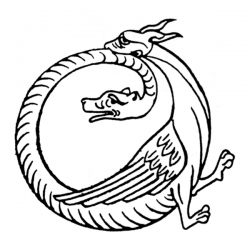
Africa
African dragons tend to be giant serpent-like beings, some of which even have multiple heads. The great details that goes into these dragons makes it hard to believe they are just made up from someone's imagination.
Amphisbaena, Aido Hwedo, Jaculus, Buto
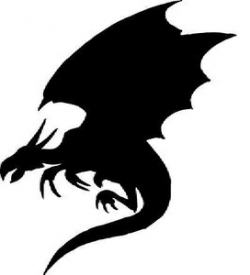
Europe
The classic depiction of a dragon is found in Europe as the scaly reptile that flies, breathes fire, has large claws, and sometimes even horns or big ears. However, Greek Mythology has a variety of giant monsters that were considered dragons.
Agathos Daimon, Aspises, Basilisk, Guivre, Marakihau, Peist, Puk, Dracones, Cetea, Chimaera, Dracaenae

Middle East and Asia
These dragons are often described walking on all fours, believed to have paw-like feet, serpent bodies, often have beards and curled whiskers. Some researchers even believe that this type of dragon was created from a uniting of different totems, animals of significance, as different tribes joined together in China.
Ch'i-lung, Kiao, Fuku-Riu, Hai-Riyo, Horned Dragon, Lung, Palulukon, Tatsu, Naga, Vritra
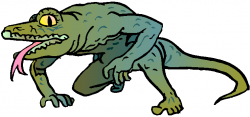
Australia
Australian dragons, coming from Aboriginal mythology, are giant creatures of various types, but mainly amphibious or serpent creatures.
Bunyip, Australian Rainbow Serpent
Dragon Gifts
Which is your favorite?
HISTORY AND DRAGONS

Throughout history, from the very early times to modern day, the tales of dragons have stayed with us. The real question is were these myths or factual recordings?
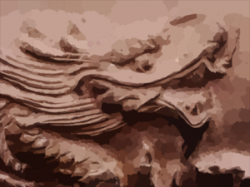
Different Civilizations
There are depictions of dragons in Chinese culture in statues and other ornaments that date back to several thousands of years Before Christ. Egyptians also have stories as old at 3,000 B.C. about dragons. Although it is known to be mythology, the Greeks were writing about dragons around 800 B.C. The most well known era that stories of dragons came from was during the medieval times in Europe.
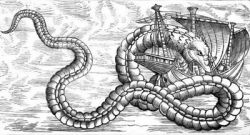
Dragons in the Bible
I was pretty amazed when I realized that dragons were mentioned in the Bible. True, most times it is used as an analogy, but there are some animals that were considered real dragons. The word dragon was actually translated from two words that were used in the original writings of the Bible to describe monstrous animals that were wolf-like animals, serpents, or even enormous sea creatures. One of these creatures is found in Psalms 74:13 where it says, "Thou didst divide the sea by thy strength: thou brakest the heads of the dragons in the waters." That time period being anywhere between 1000-400 B.C., when the book of Psalms was written.
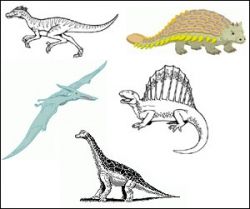
Dinosaurs
It would seem to me that the monsters dragons tend to be the most similar to in legends are dinosaurs. Dinosaurs roamed the earth approximately 230 million years ago. They appear to entail almost every detail of what people would consider a dragon; a giant reptile, most having large teeth and claws, some that lived on land and in water, and others that could fly.
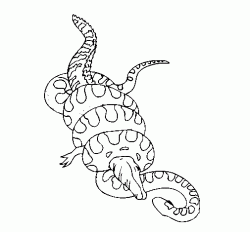
New Prehistoric Discoveries
Titanoboa
In recent years, there was a discovery of a snake fossil found in Columbia that was over 40 feet long. Scientists call this new species Titanoboa, meaning giant constrictor snake. It is the largest snake that has yet been discovered and lived around 60 million years ago. Within the same general area where Titanoboa was discovered, the remains of a 20 foot prehistoric crocodile were also found that lived around the same time period. I can see how some may have considered these animals to be certain types of dragons during this period of history, especially those who believed dragons were enormous serpents.
Books About Dragons
DRAGONS ON THE EARTH TODAY
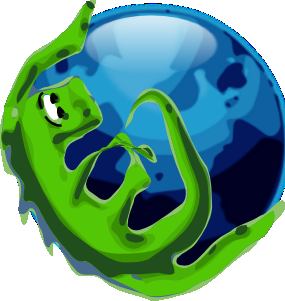
N ot everyone believes in the Bible, others do not even believe dinosaurs existed, and also may think that dragon tales just spread from one country to another. Thus, let us take a look at some modern day dragons.
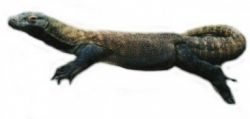
Komodo Dragon
These monstrous, muscular, lizards are carnivorous reptiles that reside in Indonesia. Their bacteria infected saliva will kill any animal that might have attempted to evade its jaws. They have actually lived on the earth for millions of years, but somehow were undiscovered by humans until around 100 years ago. Perhaps that is partially due to their uncanny ability to blend in with their surroundings. They can grow up to 10 feet in length and weigh over 300 hundred pounds, easily overpowering a human if they were to cross one's path. Other lizards also share the word dragon in their name such as Water Dragons, Frilled Dragons, or the Bearded Dragon, but none of them match the magnitude of this modern day dragon.

Salt Water Crocodile
There are many different types of crocodiles and alligators, cousin to the croc, found in various parts of the world. Amongst them, the Salt Water Crocodile is the largest of its kind. With a longer snout than their cousins the alligators, this supposed "man eater" can grow as large as 23 feet in length and weigh 2,000 pounds or more. You can find them around parts of Southeast Asia as well as Australia. Practically any animal can fall victim to this predator, as it uses its enormous jaws to snatch prey and pull them under water where it has the greatest advantage. They have large clawed toes, pointed scales running up their back, and can easily be camouflaged.
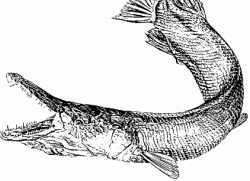
Alligator Gar
This massive creature, which looks like a combination of at least two animals, can weigh a whopping 300 to 400 pounds! Gar, the word meaning spear, have a long pointed snout similar to that of alligators and hard scales, but have the body of a giant fish. If eaten, the eggs of the gar are poisonous, but there have not yet been any other deathly hazards for humans from this enormous fish. These roam the waters of North & Central America. When living in the wild, they can grow to over 12 feet in length and some accounts have even recorded gar over 20 feet long.
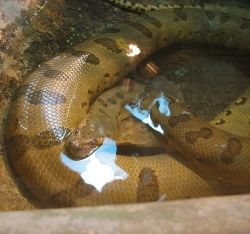
Green Anaconda
The largest snake on the earth today, the Green Anaconda can reach lengths of 29 feet and weigh over 550 pound. This modern day monster serpent can remain completely under water while waiting for the precise moment to attack its prey. These gigantic snakes eat a variety of animals, even large wild cats, by squeezing the life out of their victims before swallowing them whole.
Goliath Tiger Fish
It is no surprise that they named this fish after the giant found in the Bible. Featured as one of the "13 Scariest Freshwater Animals" on National Geographic; some call it a monster piranha and others say it is a demon fish. The Goliath Tiger Fish can weigh around 110 pounds, is a meat eater with huge razor sharp teeth, a double hinged jaw, and is truly a frightening animal to behold. Scientists are intrigued by this fierce fish found in the Congo River of Africa and have discovered that they tend to hunt in packs. They have been known to eat humans, as they will devour almost anything in their path that has flesh.
Catching a GTF Video
Quite the catch for the River Monster fisherman. Great shot of this creature!
Search for Your Favorite Dragon Item
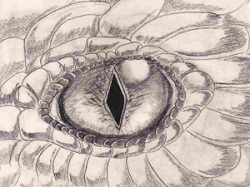
STILL A MYTH OR REAL AS EVER?
A re these dragons that we have on the earth today just a smaller adaptation of their ancestors, the dragons of their time, or is dragon just a common word we use for a certain type of reptile? Perhaps these stories are myths after all that just derived from a combination of species that already existed or maybe those animals really were dragons that we have not yet found. As no one has actually unveiled the true remains of a dragon, like those of the common cinema types we know today, there is no way of really knowing if these mythical creatures existed. However, after taking a look at these details do you find yourself questioning your views on the matter? I suppose it all goes back to what your definition is of a dragon.
Links to More Information
- Dragons in the Bible
More research on dragons found in the Bible. - Dinos
Other info on dinosaurs - Dragons and Cultures
Dragons in different cultures. - Dragons of Greece
Dragons in Greek Mythology. - Cowboys & Dragons: Section 5
Additional theories and stories of American dragons. - Mythological Creatures
Other types of dragons and other mythological creatures. - Modern Day Dragons and Other Animals
Find out more about the reptiles featured on this lens. - Fresh Water Monsters
Scariest fresh water animals on National Geographic.
Did this lens change your theories or confirm them? Do you believe dragons are myth or real?






